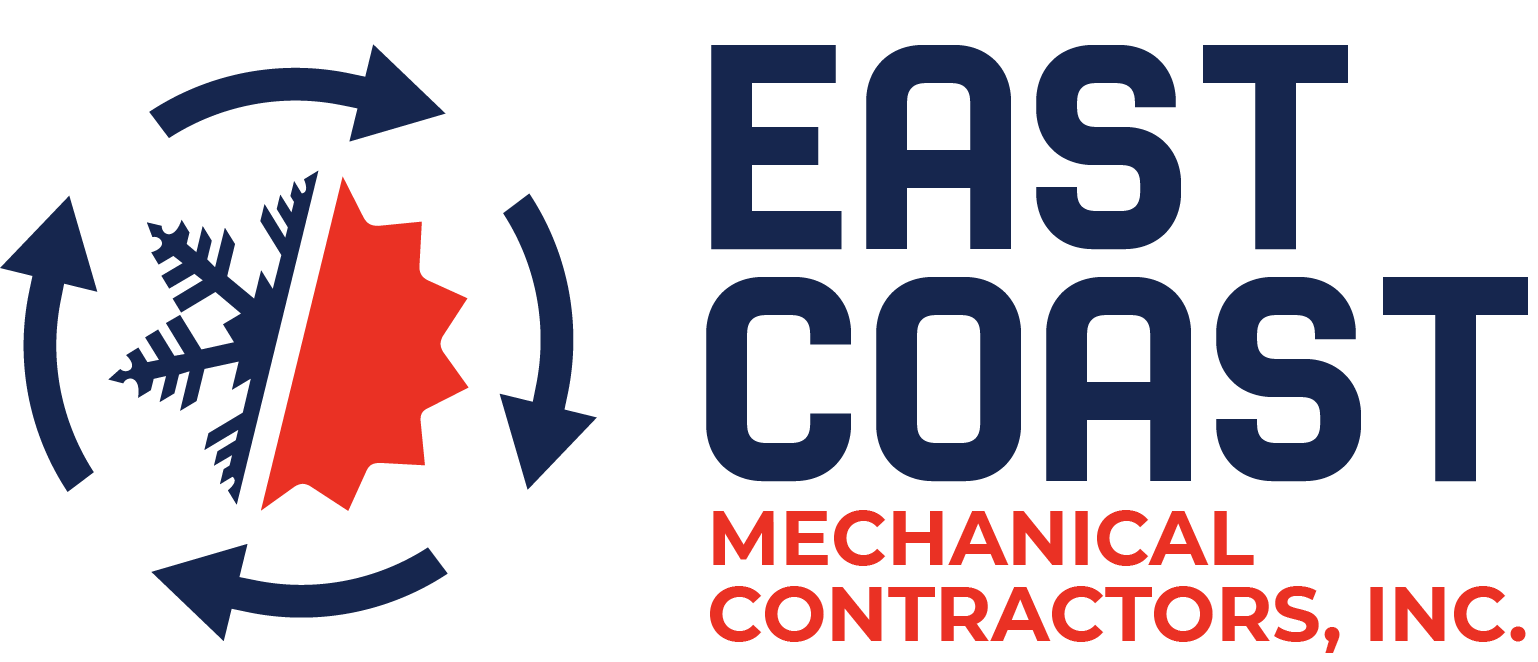The compressor is on the inside part of the condenser unit, and it’s responsible for compressing refrigerant vapor. The compressor is the heart of your HVAC system. It transfers heat from the refrigerant (the liquid that cools the air) to the condenser (the device that takes heat away from the air). AC compressors cost between $ 900 and $2900, including installation. While it’s not cheap by any means, replacing the AC compressor is more affordable than the cost of a new HVAC system, which can go as high as $10,000.
If you have an older AC (10+ years), buying a new air conditioner is probably best. The average compressor costs $1,300 to $2,500 to replace if it’s not under warranty. If you have a new AC unit (0-5 years), it makes sense to replace the compressor, especially if it’s still under warranty.
Bad Compressors
Diagnosing a bad AC compressor is not always easy, but there are some telltale signs that can help you identify the problem. One of the most common symptoms of a bad AC compressor is loud and unusual noises coming from your air conditioning system.
Another way to diagnose a bad AC compressor is by checking if your AC isn’t cooling properly or taking longer than usual to cool down. A faulty compressor can reduce airflow and result in poor cooling performance.
You may also notice leaks around the compressor, indicating that it’s malfunctioning. If you see any oil stains near the unit, then it’s likely that the refrigerant has leaked out due to a faulty seal or broken component within the system.
If you detect an unpleasant smell coming from your vents when using the air conditioner, it could be another indication of a failing compressor. This smell is caused by mold growth inside the unit as moisture accumulates due to decreased efficiency.
Always remember that diagnosing a bad AC compressor should be done by an experienced professional who can accurately identify and repair your AC’s issues before they become major problems.
How to Fix a Bad AC Compressor
Fixing a bad AC compressor can be quite tricky and it’s best to leave it to professional technicians. However, if you’re feeling confident in your DIY skills, then here are some steps that might help.
You’ll need to remove the old compressor from the AC system. This requires draining all refrigerant from the system first. Once done, proceed with taking out any electrical connections and mounting bolts before pulling the compressor out.
Next up is installing a new compressor into your AC unit. Before this step, make sure to flush all remaining debris and particles from the hoses using an approved flushing solution. After following manufacturer instructions on the installation of a replacement compressor ensure proper sealing around gaskets for secure fitting.
Recharge your air conditioning system with fresh refrigerant which would require specific equipment or tools such as A/C gauges and vacuum pumps – it’s important not to overcharge the system with too much or too little refrigerant in order for optimal performance. Remember that fixing a bad AC Compressor can be dangerous due to high-pressure components – so always take safety precautions when attempting repairs yourself!
Conclusion
Remember that regular maintenance can help prevent issues with your AC system, including the compressor. If you do suspect that your AC compressor is failing, it’s important to address the issue as soon as possible to avoid further damage or costly repairs.
Contact us
If you have an upcoming HVAC project, join hands with a licensed and insured contractor at East Coast Mechanical. Email: ecmcecmc@aol.com Address: 5133 W Hurley Pond Rd Suite A, Wall Township, NJ 07727 Hours: Monday to Friday 8 AM to 5 PM and Closed Saturday and Sunday.
Phone: 800-300-ECMC or 732-751-8877

